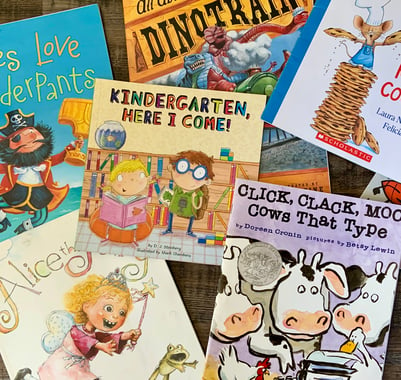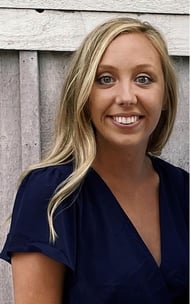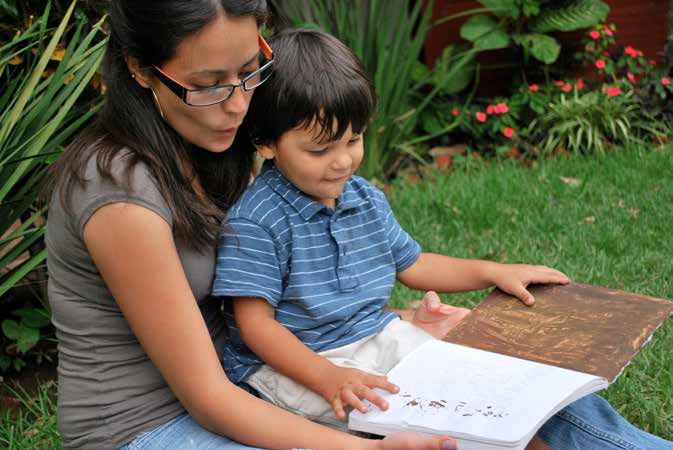One of my favorite aspects of being a speech-language pathologist is the variety. I love that I can see a variety of students, but I know at times I find myself struggling on how to engage my students, target a variety of goals (especially for those mixed articulation and language groups) all while supporting the students academically.
However, I have found an activity that provides the perfect solution: BOOKS!
Books naturally add a contextualized environment that allow SLPs to target a variety of goals. They follow a sequence, expose the students to text, a variety of vocabulary, allow for wh- questions, describing, and so much more! As research shows, children who have speech and language disorders may have greater difficulty learning to read and write (Schuele, 2004.). Within the classroom setting, students learn to read and eventually transition into “reading to learn”.
By adding a book or article, the SLP is incorporating a task that is used so often in the classroom. This may increase the students familiarity of books and tasks related to books, which may increase their confidence within the classroom. There is no greater feeling than hearing from a classroom teacher that the things you work on in speech are carrying over!
Adding a book into therapy isn’t as difficult as it may seem. Here are a few easy ways to incorporate a book into your sessions:
- Before your session, choose a book that is appropriate for your targeted age group. This book could revolve around a certain theme or message. Once you have chosen the right book, take a post-it note and flip through each page making notes of areas you could target (e.g., wh- questions) or target word lists. I find that this makes it easier during the session instead of coming up with these things on the spot.
- For articulation, have your student go through the brief text and look for their sound. This will help the student create a letter sound correspondence and aid in creating a solid phonological awareness foundation. Afterwards, the student can practice that target word.
- Books are a great tool for so many language goals! For example, you can have students go through and describe scenes on each page if you’re targeting sentence structure. Another goal that is easily targeted through books is sequencing. The student can retell or sequence events that have happened within the story. I find that the visuals of the story, or providing manipulatives, extremely helpful and fun for the students.
- For older students, try using websites such as dogonews.com, timeforkids.com, or readworks.org. These websites provide brief news articles on various topics including: science, history, and current events. Articles like these expose the student to a variety of new vocabulary words and concepts. As the SLP, you can also generate a variety of reading comprehension or wh- questions associated with the passage. Some of the websites, such as readworks.org, even provide reading comprehension questions for you!
 |
About The Author Hannah Greeling is a speech-language pathologist who works in the school setting. Her current population consists of students in early childhood through 2nd grade. However through her previous experiences, she has worked with children ages 2-15. She enjoys the diversity that speech pathology brings and hopes to share strategies and ideas to help facilitate communication with your students. She received her undergraduate degree in Communication Disorders and Sciences from Eastern Illinois University and her masters degree in Speech-Language Pathology from Southern Illinois University Edwardsville. |
